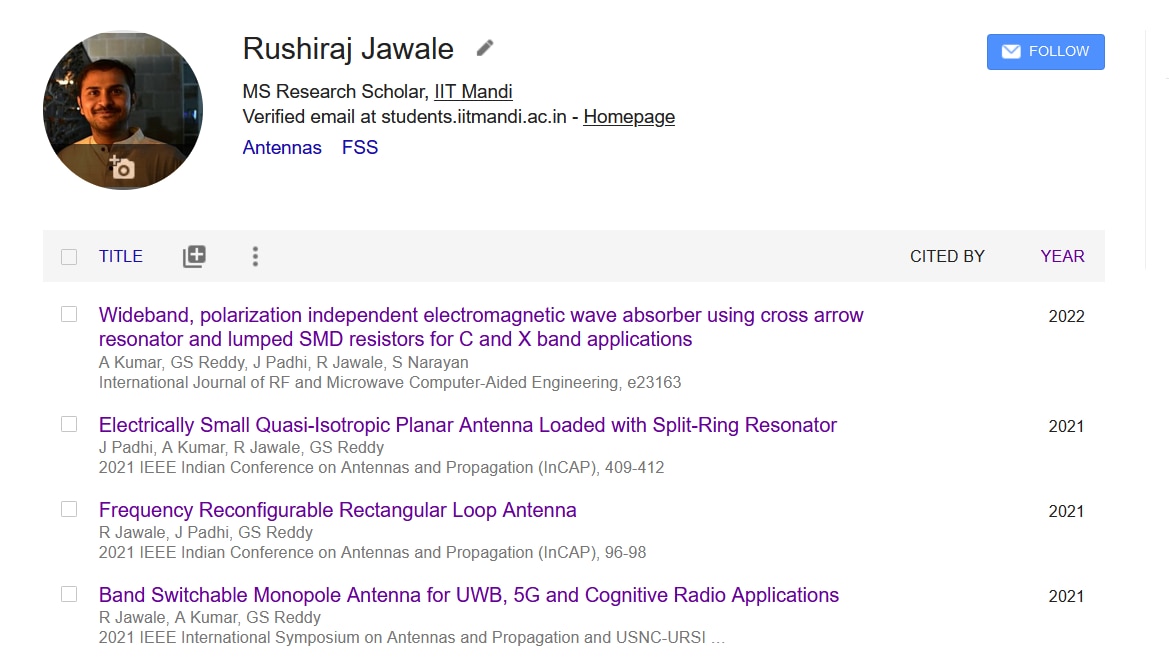Antennas are perhaps the most difficult thing of a wireless design.
The test equipment to measure signal and radiation costs a lot of money.
Even with simulations, you still need to measure, test and refine under realistic environmental conditions.
There is no such things as a one-size-for-all antenna.
There are short range and long range, internal and external, simple and complex antennas.
If you have designed antennas or wireless solutions, what was the most difficult thing you had to deal with. (If you have an antenna horror story, we think we'd all like to hear about it.)

